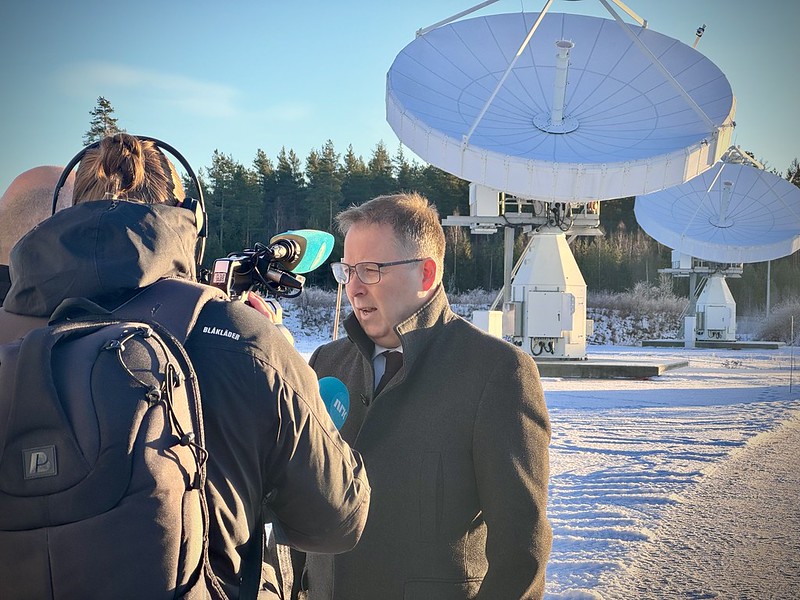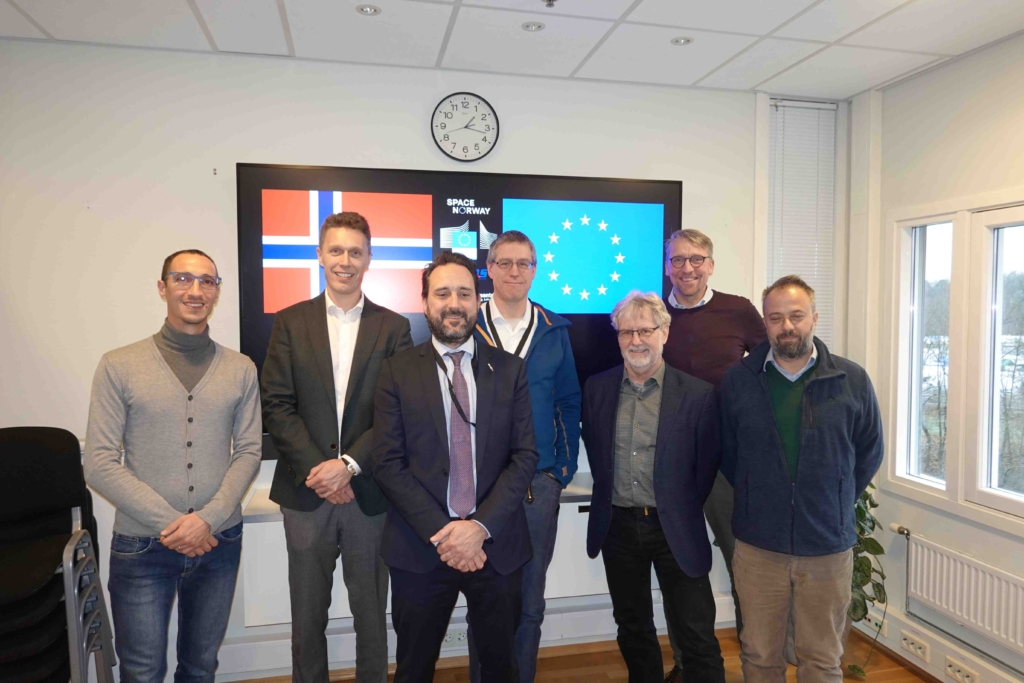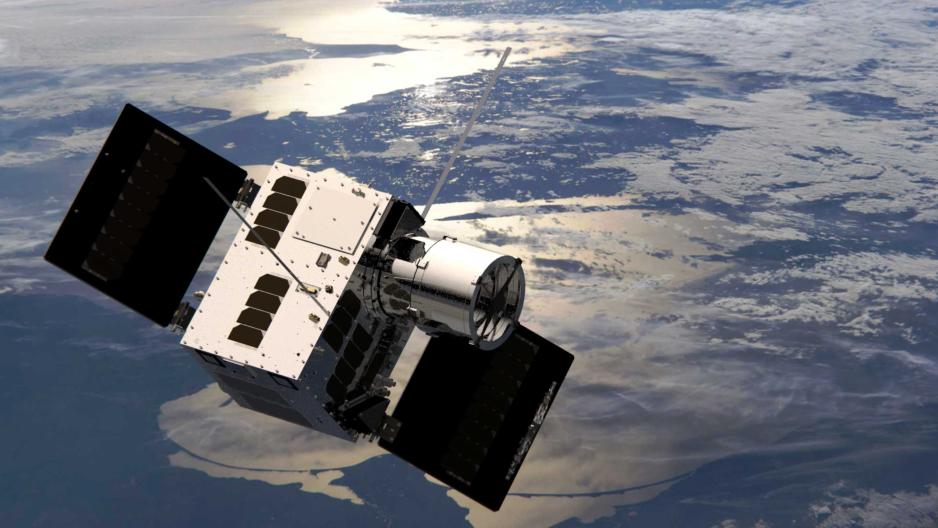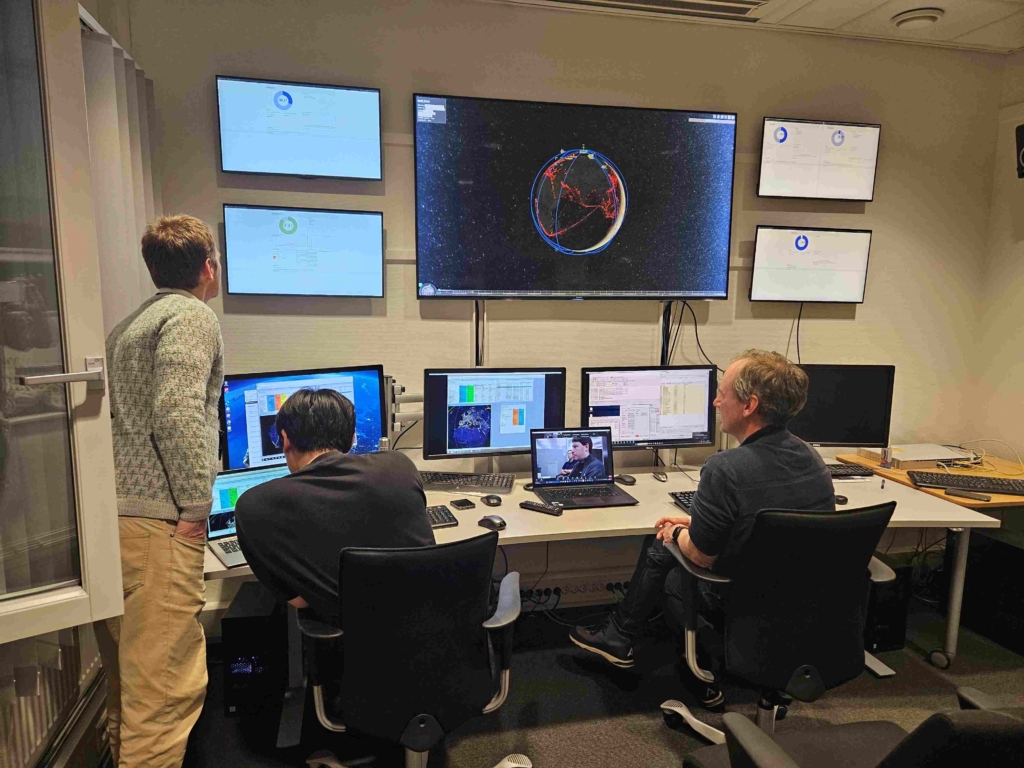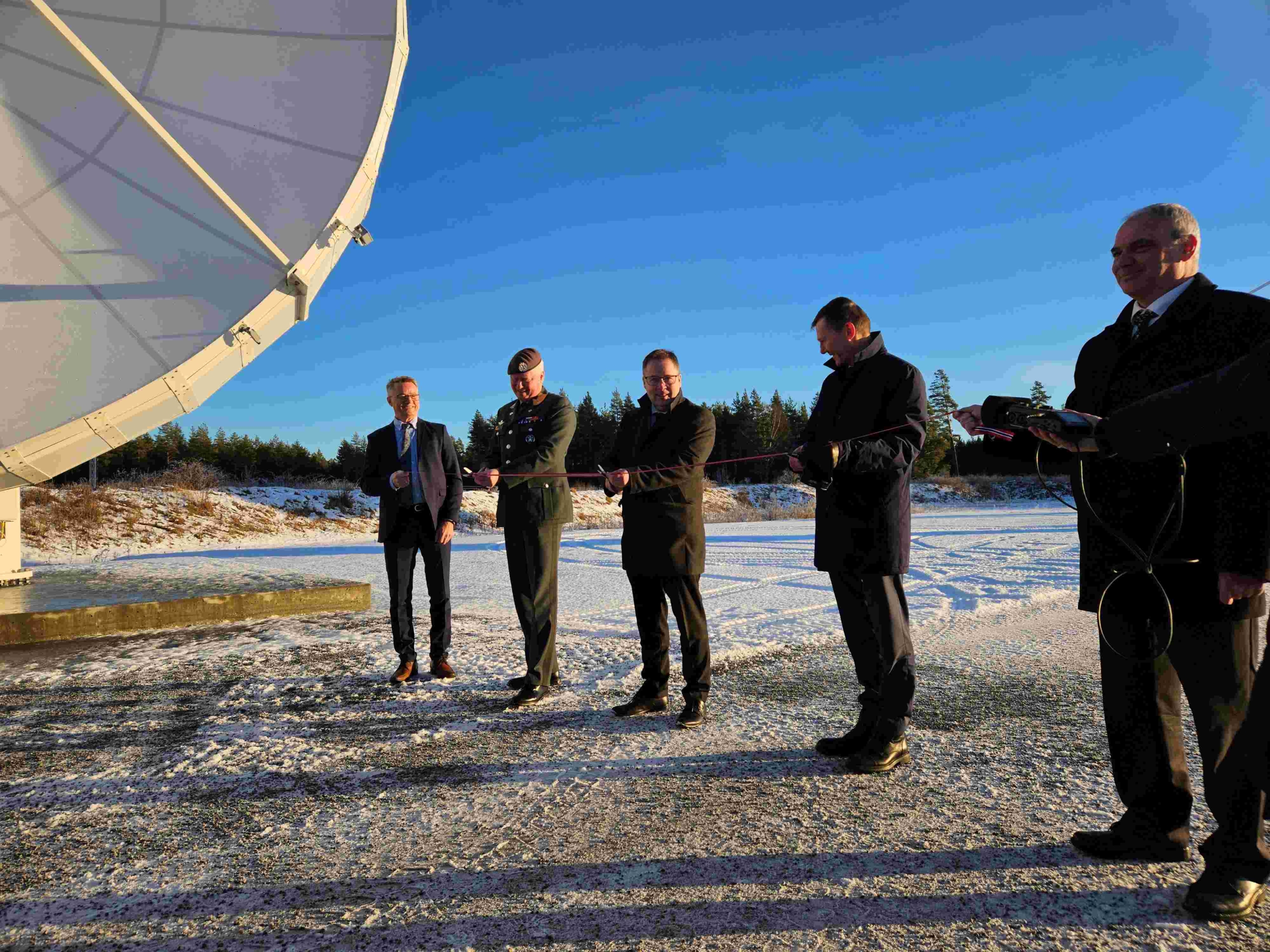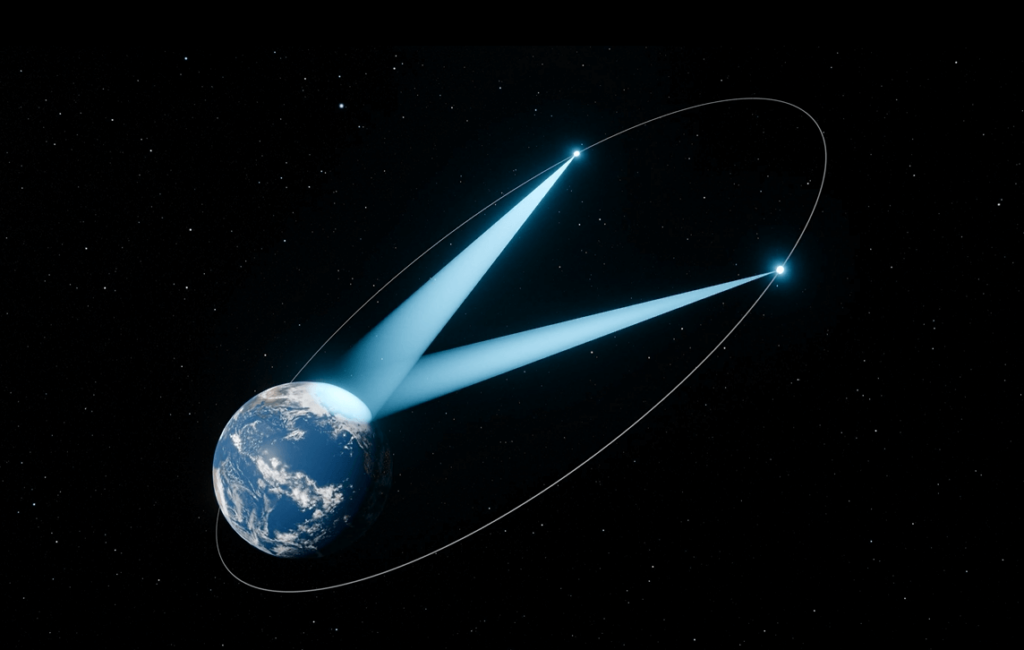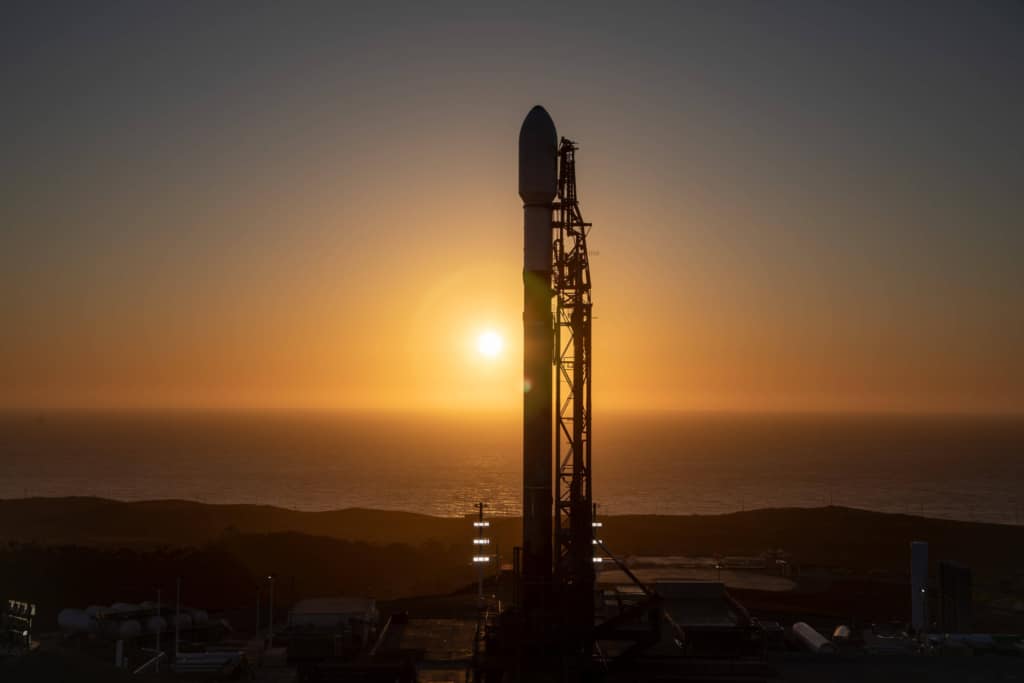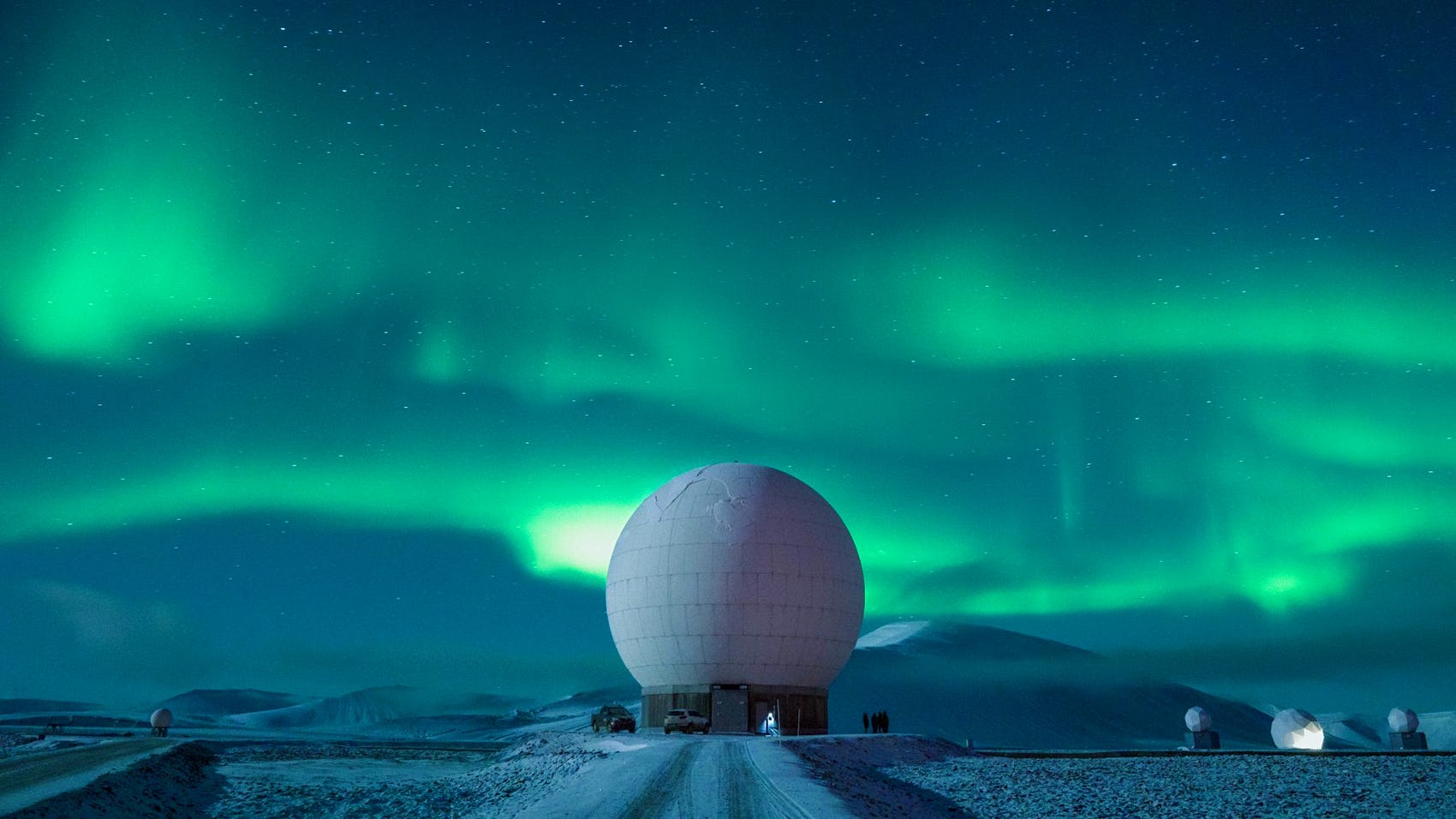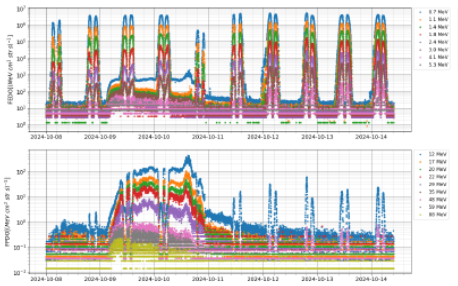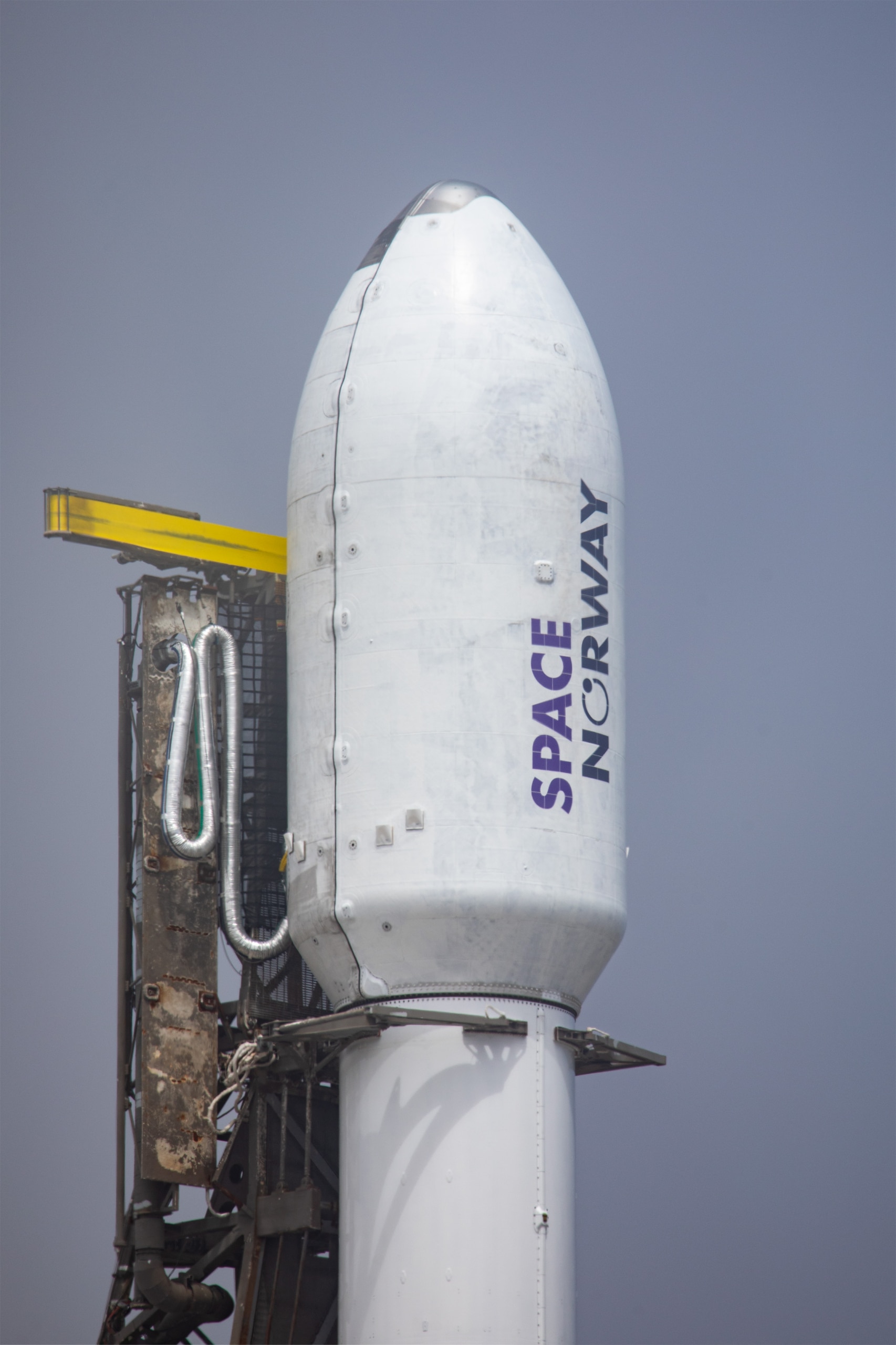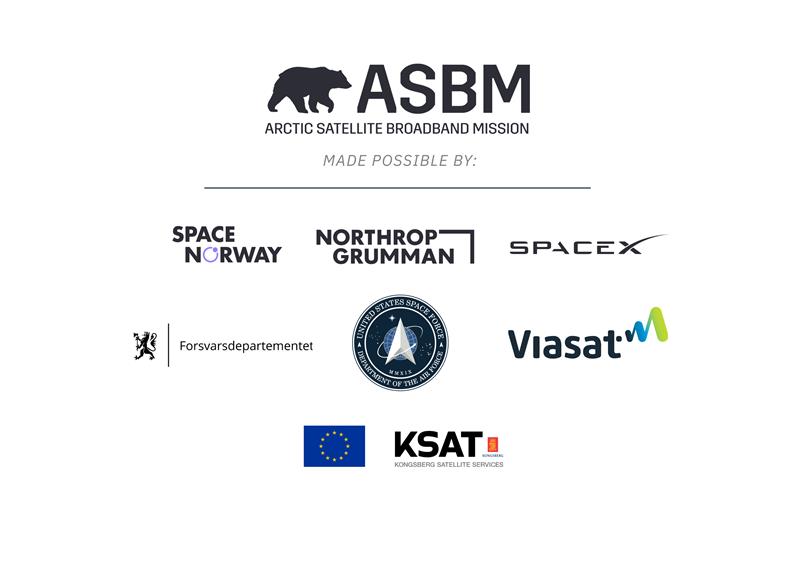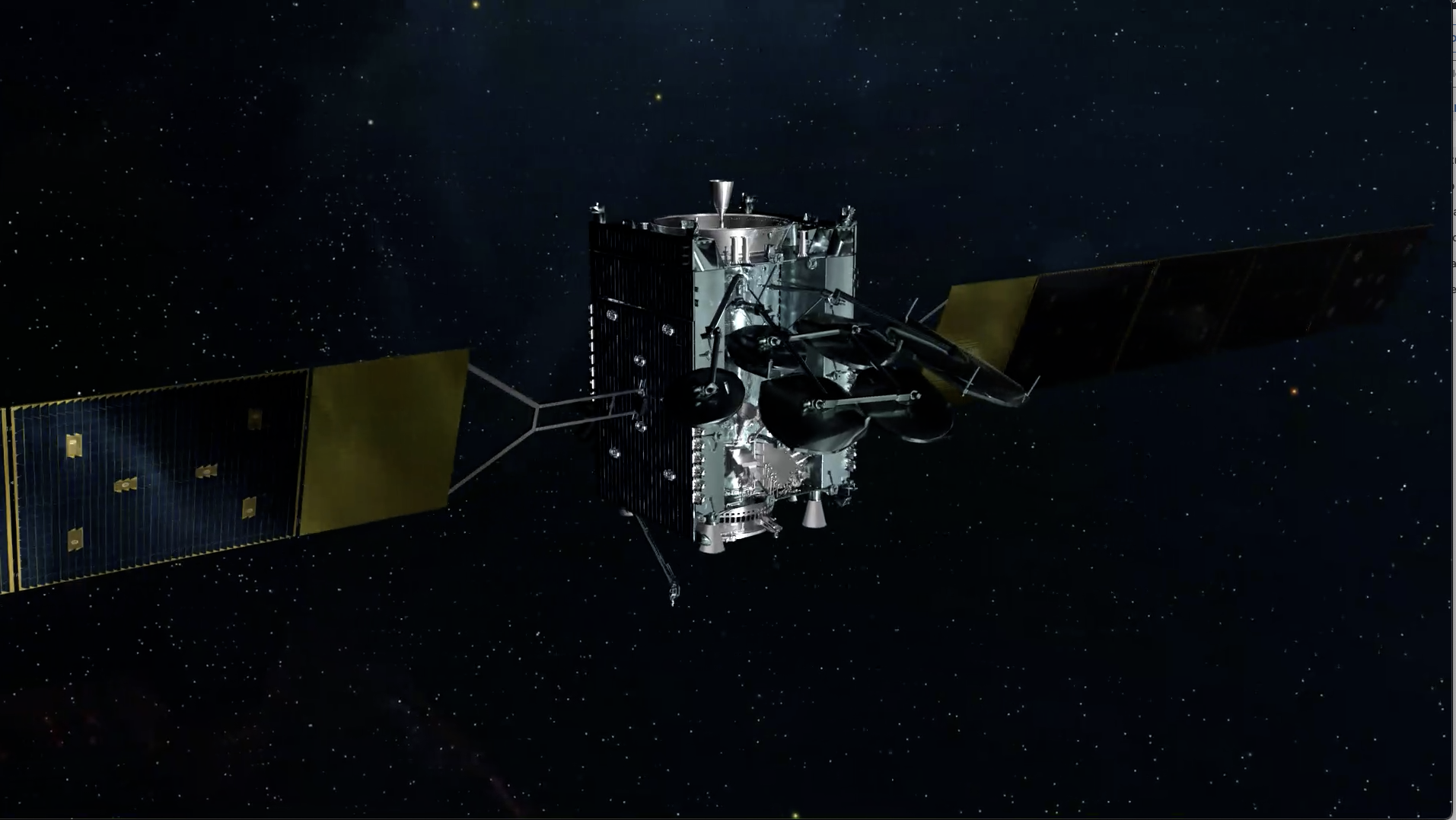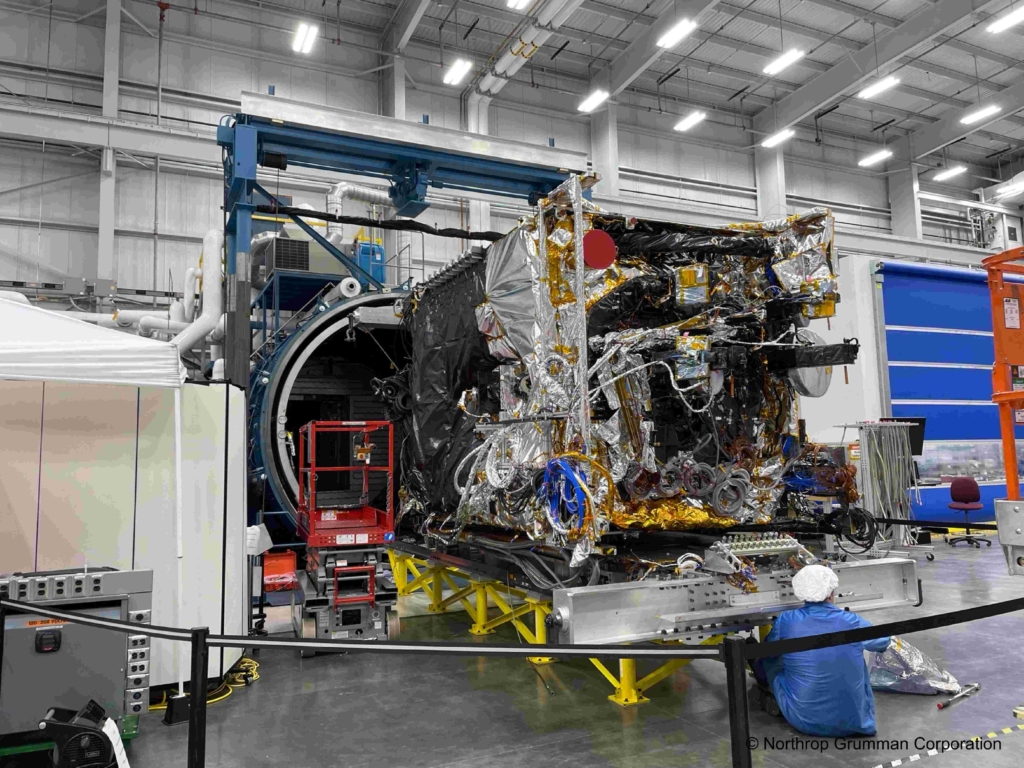ASBM payload operative
Viasat's ASBM payloads now ready for government service

Viasat, Inc., a global leader in satellite communications, has announced in a press release that its ASBM 1&2 payloads are ready to deliver services for government customers. Services for commercial maritime and aviation sectors are expected to follow throughout 2026.
Late last year, Viasat successfully completed in-orbit testing of the GX10A and GX10B payloads on Space Norway’s two Arctic Satellite Broadband Mission satellites. Now the first services are going operational.
“We’re excited to begin delivering services in the Arctic region to support scientific research and to enable assured, resilient communications for tactical and strategic government missions. This is another step in Viasat’s capability to provide innovative, multi-orbit solutions and services to meet the evolving connectivity requirements of government customers worldwide,” said Susan Miller, President of Viasat Government, in the press release.
ASBM – ground-breaking for broadband in Arctic
In a comment, Peter Olsen, Director of Satcom at Space Norway, congratulates Viasat on reaching the first operational milestone.
“Congratulations to Viasat on starting service delivery in the Arctic region via the ASBM platform. It is excellent news that they are now operational for government customers. Space Norway value the partnership with Viasat on ASBM greatly, and we are very pleased to see that Viasat payload functions as planned and is ready to delivery mission critical services for the users.”
Before the Arctic Satellite Broadband Mission (ASBM), no satellites were capable of providing continuous broadband access for government users in the Arctic. Space Norway has achieved a ground-breaking mission with the ASBM project, enabling it’s customers and partners to deliver broadband services via two satellites in a highly elliptical orbit.
The ASBM 1 and ASBM 2 satellites work in tandem to provide continuous broadband coverage north of the 65° N latitude, following a highly elliptical orbit.
From payload in-orbit testing to declaring overall system ready-for-service
The ASBM satellites were launched into highly elliptical orbit (HEO) in August 2024. In addition to host payloads for Viasat, they also feature hosted payloads for the Norwegian Military and the U.S. Government, as well as a radiation monitoring capability for the European Commission.
Girish Chandran, Chief Technology Officer and President of Global Space Networks, said in the press release: “We would like to thank Space Norway, our project partners, and our teams for their continued hard work to make this project a reality. Bringing these payloads into service for government will help fulfil our vision to deliver the flexibility, coverage, and connectivity our customers need – wherever they operate.”
Providing broadband satellite coverage in the Arctic
Traditionally, satellite communications have relied on geostationary satellites (GEO), orbiting the Earth over the equator and providing communication coverage to vast areas of the Earth’s surface. However, in areas north of approximately the 75th parallel, geostationary satellites are too low on the horizon for securing effective and reliable connectivity.
Unlike geostationary (GEO) satellites, the ASBM satellites orbit the Earth in a highly elliptical orbit (HEO) ensuring continuous coverage over the northern areas. Their highest orbit altitude is 43,500 km when over the northern hemisphere and their lowest orbit altitude is 8,100 km when over the southern hemisphere.
See the ASBM coverage map on Space Norway’s web page.
Viasat’s payloads
The connectivity demands of governments, commercial mobility services, and scientists in the Arctic region have been rapidly increasing. For Viasat, the GX10A and B payloads are designed to provide broadband satellite coverage over the Arctic region for government and commercial customers. The payloads will expand the coverage area served by Viasat, further strengthening the company’s global coverage capabilities with this dedicated capacity for the Arctic region. These payloads also support Viasat’s roadmap of delivering multi-orbit services to support customers across markets.
Viasat is further expanding its high-speed broadband capacity and capabilities for government and commercial mobility customers with five new Ka-band satellites currently under construction, which are expected to enter service over the next few years.
ASBM satellites specifications:
